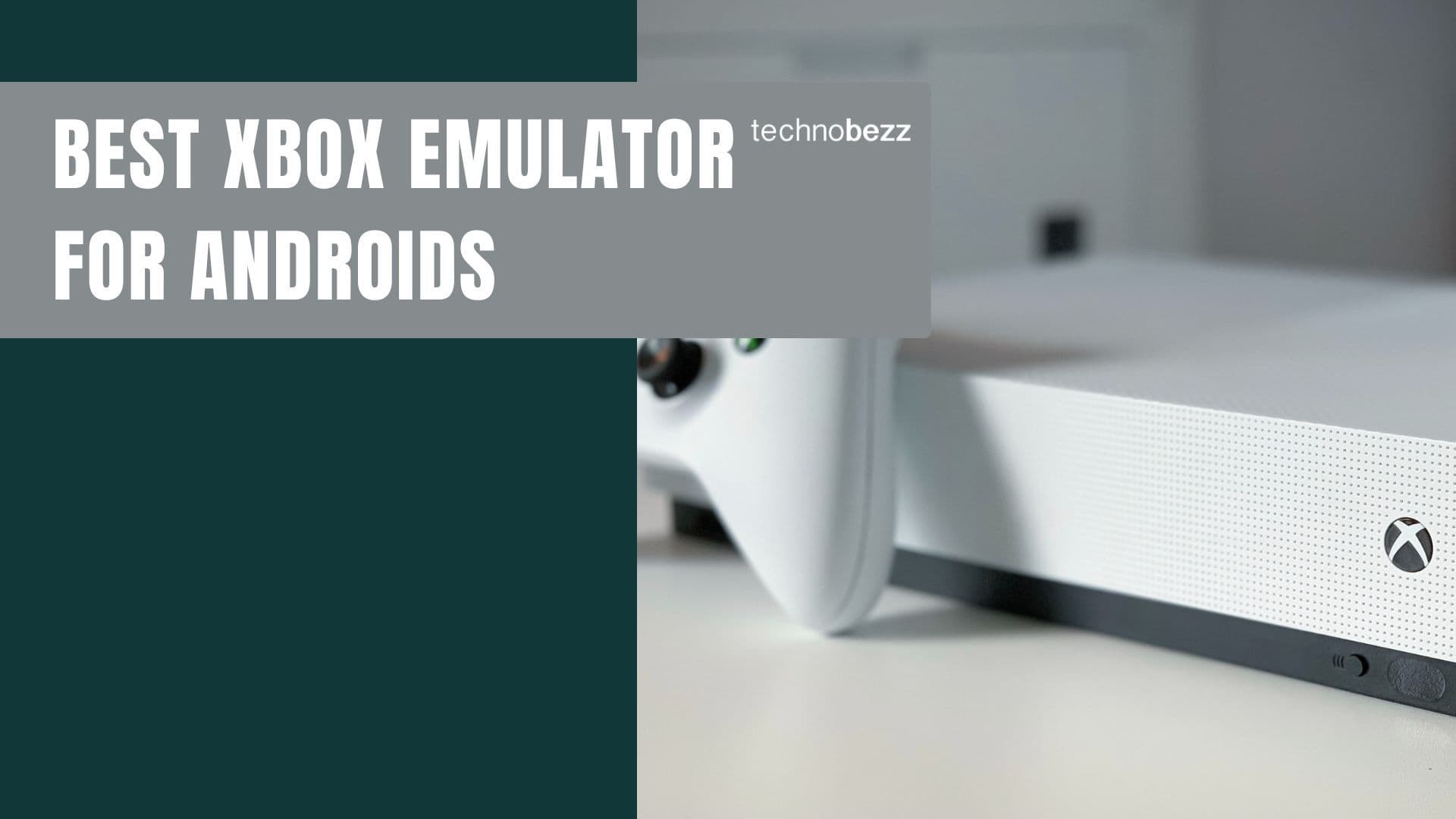If you have been lately noticing delayed start-ups or slow performance on your Windows 10 machine then we have a few tips to help you speed up Windows 10. We will cover different aspects of slow performance starting from the way your computer starts up to the way it responds when you are working on it or the time it takes to shut down. While a lot of it may have to do with the kind of programs you run on your computer, there are other factors that play a role. Let us find out how to speed up Windows 10 for smoother performance.
See also: How to find out Wi-Fi password in Windows 10

Ways To Speed Up Your Windows 10
Optimizing the start up
We never like when our computer takes a lot of time to start. Since Windows 10 comes with its very own Fast Startup feature, there is no reason why anyone needs to wait for their computer to start any longer. This feature works in collaboration with the hibernation feature in our computer where our computer saves all our current work on the computer to a hiberfile which is used to start the computer up quickly. This means that hibernation mode must be switched on before you can enjoy the Fast Startup feature. Follow these steps for a faster startup. You should be running the computer as an administrator or you should know the admin password to make the changes.
- Right-click on the Start menu and click on Command Prompt to open the black command box. Alternatively, you can also press the Windows and X keys to pull up the Power user menu and then click on Command Prompt to proceed.
- Enter the following in the command prompt – powercfg /hibernate on
- Pull up the Power User Menu again by pressing Windows and X keys together and click on Control Panel.
- Click on Power Options (You will find it under System and Security depending on your computer’s settings)
- From the left menu click on Choose what the Power button does
- Click on Change settings that are currently unavailable and the shutdown settings will be available for you to change
- Put a check next to Turn on fast Startup and click on Save changes
While fast startup will help you start your computer quickly, it will keep your computer from updating. To make sure that your computer is updated restart it once in a while. Since restart is not affected by fast startup your computer will be able to install the latest updates.

Check For Programs That Are Bringing Down The Performance of Your Windows 10 Machine
There are times when the performance of your operating system is affected by misbehaving programs that have developed faults over a period of time or those that haven’t been updated to incorporate latest changes. You can easily find the programs that are leaching your computer’s performance by checking them on task manager. This is helpful when you are in the middle of work and you experience slow performance. You can check on the programs that are running and find out if one of them is the reason for slowing down your computer.
- Right click on the Start button and click on task manager
- Check the programs that are running and see if any of them seem to show the wrong numbers
- You can click on that program and then click on More Details to find out more about a program and the processes that are running
- If you feel it is causing a problem, click on End Task and end the program and check if it changes the performance of your computer

Check For Malware
Poor performance can also be the result of a malware attack on your operating system. Complete a system scan to make sure that you are protected. While Windows 10 offers Windows Defender as its very own security program, if you are using a third-party anti-virus program like Norton or AVG you can complete the scan from the program you use. It will help you identify problems or security threats that your system may be facing.
If you are using Windows Defender then you can begin a scan by following these steps:
- Click on the start menu and then click on the Settings icon (looks like a cog wheel)
- Look for Update and Security and click on it
- From the left menu, click on Windows Defender and then click on Open Windows Defender
- From the Scan options, click on Full and then click on Scan Now. Make sure you do not need your computer for a while so that the full scan can be completed without interruptions.
The results will help you identify problems and resolve slow performance issues occurring because of malware.

Optimize The Visual Effects
If you do not require all the animations that your Windows 10 computer brings in for you then it is a good idea to reduce these visual effects to help you speed up computer. You can either customize it to suit your needs or you can choose from an option to optimize performance. Follow these steps to change the visual effects for better performance.
- On the search bar in your Start menu, type Advanced System Settings and hit Enter
- Click on the first result which will open a new box that has a section for Performance
- Click on the Settings button next to Performance and you will see a host of settings that define the way animations work on your system
- The easiest way to optimize performance is by clicking on the radio button that says Adjust for best performance
- Alternatively, you can customize the performance to ensure that you do not lose all the visual effects on your Windows 10 device.
Changing the visual effects can improve the overall performance of your system.
Check Your Hard Drive Storage
A lot of computers running on Windows 10 end up facing performance issues not because of the OS but because of the hard drive storage of their system. An important step in speeding up Windows 10 computers is to check the storage and make sure that you have at least 10% of the storage free so that your system can perform well. The lesser the space the more difficult it gets for your system to work optimally.
- Go to the Start Menu and click on the Settings icon
- Click on System and then go into Storage
You will find details regarding the storage available on your computer by clicking on This PC. If you notice that your device is nearing the storage limit then it is a good idea to clear up some space and help your system improve performance.
You may want to try the Disk Cleanup Tool to help you clean unwanted files from your device. Search for Disk Cleanup from your Start menu and choose the drive you would like to clean. The tool will look for temporary files or unwanted files and remove it from the system helping you free up valuable space.

Conclusion
These are some of the easiest ways in which you can speed up Windows 10. Try them out and save some time while working on your computer.












